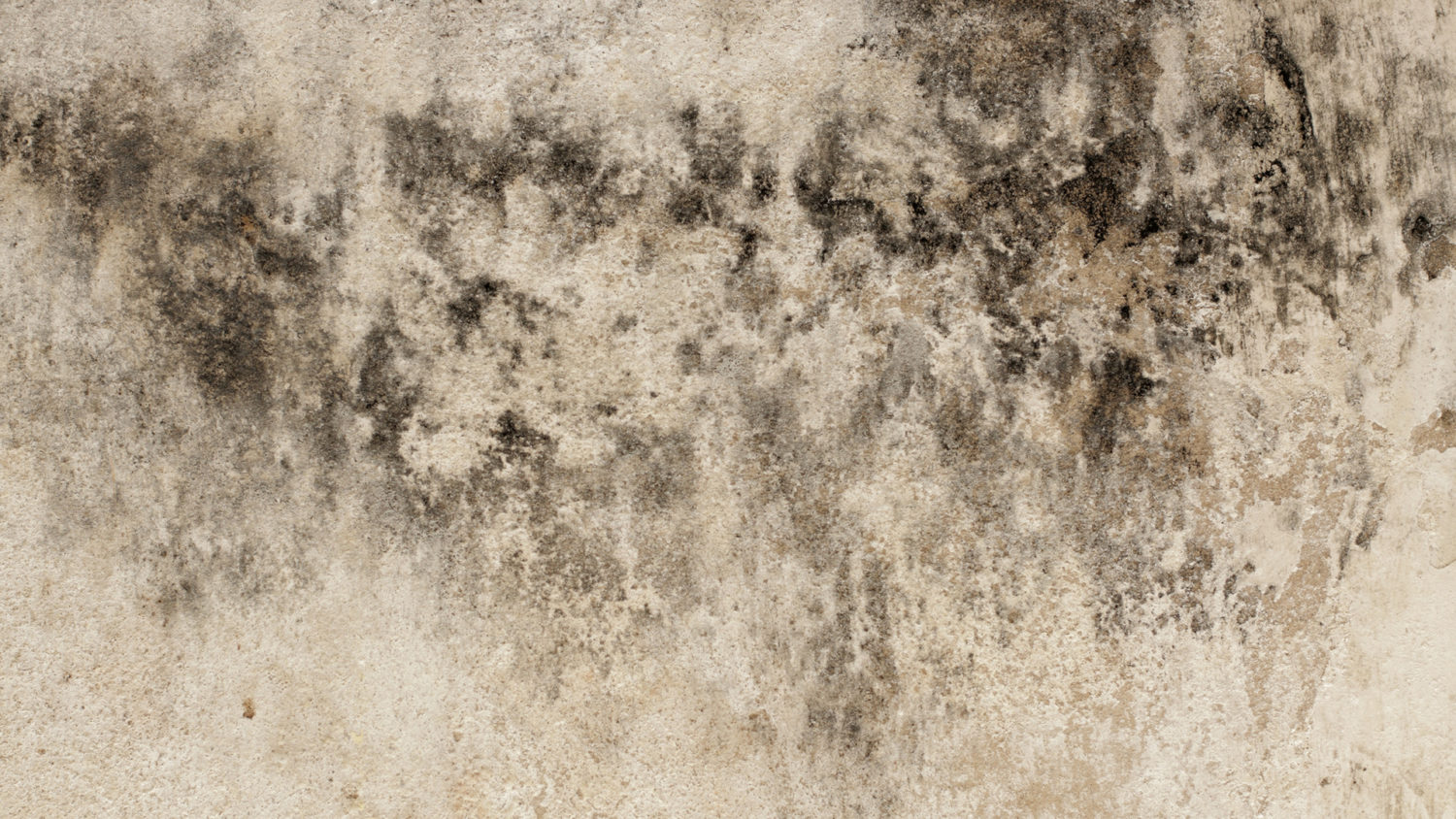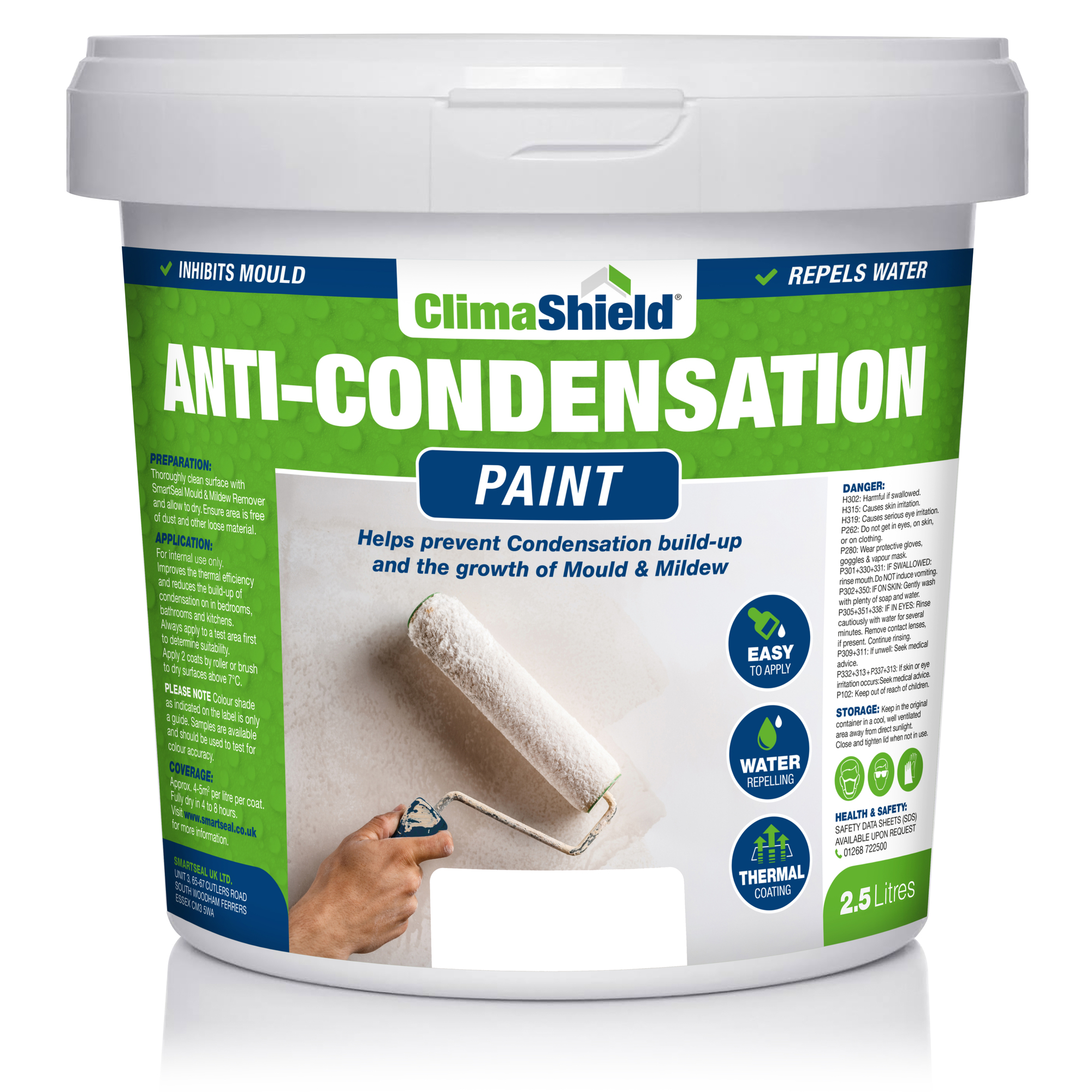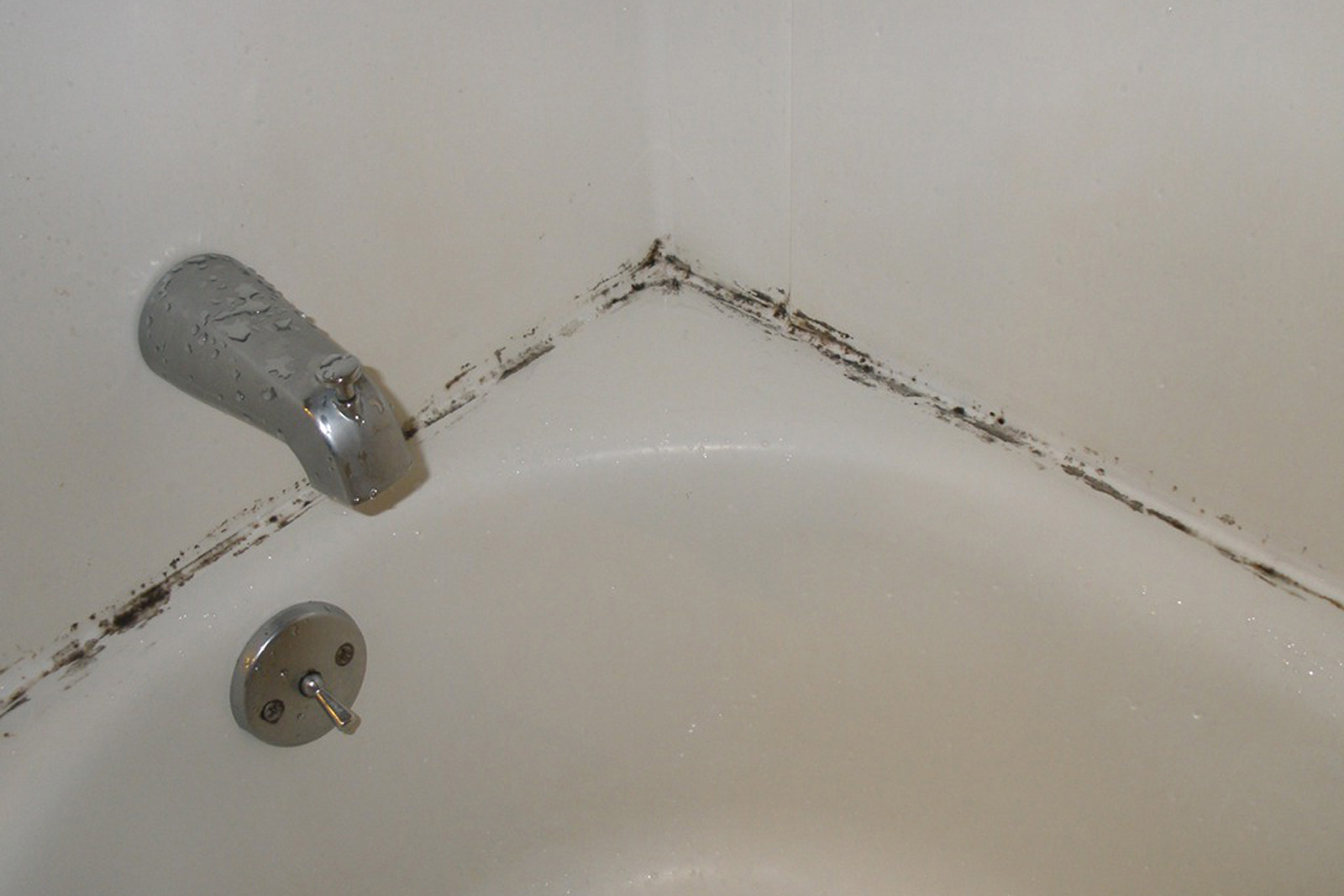Understanding Condensation and its Impact on Bathrooms

Condensation is a common phenomenon in bathrooms, particularly in areas with high humidity levels. It occurs when warm, moist air comes into contact with a cold surface, causing the water vapor in the air to condense into liquid water droplets. This process can lead to various problems, including mold growth, paint peeling, and structural deterioration.
The Science Behind Condensation Formation
Condensation occurs when warm, moist air encounters a cold surface, such as a bathroom mirror, window, or tile. The warm air contains water vapor, which is invisible to the naked eye. When this warm, moist air comes into contact with a colder surface, the water vapor molecules slow down and lose energy. As a result, they condense into liquid water droplets, which become visible on the surface.
The Negative Consequences of Condensation
Condensation can have several negative consequences for bathroom surfaces and materials.
Mold Growth
Mold thrives in damp environments, and condensation provides the perfect breeding ground for mold spores. Mold can grow on bathroom walls, ceilings, grout, and even on shower curtains. It can cause a variety of health problems, including allergies, respiratory problems, and skin irritation.
Paint Peeling
Condensation can cause paint to peel and blister. When water vapor condenses on painted surfaces, it can seep into the paint and cause it to expand and contract. Over time, this can lead to paint peeling and blistering, especially in areas where condensation is frequent.
Structural Deterioration
Condensation can also lead to structural deterioration. When water vapor condenses on wood surfaces, it can cause the wood to rot. This can weaken the structure of the bathroom and lead to costly repairs.
Examples of Damage Caused by Condensation
Here are some examples of damage caused by condensation in bathrooms:
- Black mold growing on the grout in a shower stall
- Paint peeling on the walls and ceiling of a bathroom
- Wood rot in the bathroom floor joists
- Structural damage to the bathroom walls
Choosing the Right Paint for Condensation-Prone Bathrooms: Best Paint For Condensation In Bathroom

Condensation in bathrooms is a common problem, leading to mold growth and damage to walls and ceilings. Selecting the right paint can help combat this issue and protect your bathroom. Different paint types offer varying levels of moisture resistance, durability, and ease of cleaning.
Acrylic Latex Paint
Acrylic latex paint is a popular choice for bathrooms due to its versatility and affordability. It is water-based, making it easy to apply and clean up. Acrylic latex paint also dries quickly, minimizing the time your bathroom is out of use. However, it is less durable than other types of paint and may not be suitable for areas with high levels of moisture or frequent cleaning.
Epoxy Paint, Best paint for condensation in bathroom
Epoxy paint is a highly durable and moisture-resistant option for bathrooms. It forms a hard, non-porous surface that resists water, stains, and mildew. Epoxy paint is often used in commercial settings due to its durability, but it can also be a good choice for high-traffic areas in the home, such as bathrooms. However, epoxy paint is more expensive than acrylic latex paint and requires careful preparation before application.
Mildew-Resistant Paint
Mildew-resistant paint is specifically designed to prevent the growth of mold and mildew. It contains fungicides that inhibit the growth of these microorganisms. This type of paint is a good choice for bathrooms with high humidity levels or poor ventilation. Mildew-resistant paint is available in both acrylic latex and epoxy formulations, offering a range of options to meet your specific needs.
Comparison of Paint Brands and Features
The following table compares different paint brands and their specific features for condensation control:
| Brand | Type | Moisture Resistance | Durability | Ease of Cleaning | Mildew Resistance |
|---|---|---|---|---|---|
| Sherwin-Williams Duration Home | Acrylic Latex | Excellent | Good | Excellent | Good |
| Benjamin Moore Aura | Acrylic Latex | Good | Excellent | Excellent | Good |
| Valspar Reserve | Acrylic Latex | Good | Good | Excellent | Good |
| Kilz 2 | Epoxy | Excellent | Excellent | Good | Excellent |
| Rust-Oleum EpoxyShield | Epoxy | Excellent | Excellent | Good | Excellent |
Note: The specific features of each paint brand may vary depending on the specific product and formulation. Always consult the product label for detailed information.
Applying Paint for Optimal Condensation Resistance

Proper application of paint is crucial for achieving optimal condensation resistance in a bathroom. A well-prepared surface and meticulously applied paint layers create a durable barrier that helps prevent moisture from penetrating the walls and causing damage. This section will delve into the essential steps for applying paint in a bathroom, ensuring a smooth and long-lasting finish.
Surface Preparation for Optimal Paint Application
Thorough surface preparation is paramount for successful paint application. It involves cleaning, priming, and patching to create a smooth and even surface for the paint to adhere to.
- Cleaning the Surface: Before applying paint, it is essential to clean the bathroom walls and ceiling thoroughly. This involves removing dirt, dust, grease, and any loose paint or debris. A damp cloth with mild detergent is ideal for cleaning, followed by a thorough rinse with clean water. Allow the surfaces to dry completely before proceeding to the next step.
- Priming the Surface: Priming is an essential step that prepares the surface for paint application. A primer helps to seal the pores of the surface, improve adhesion, and provide a uniform base for the paint. In bathrooms, it is crucial to use a primer specifically designed for damp or high-moisture areas. These primers often contain mildewcide to prevent mold growth.
- Patching Imperfections: Any cracks, holes, or imperfections in the bathroom walls or ceiling should be patched before painting. Use a suitable patching compound, such as spackle or joint compound, to fill the gaps. Apply the compound smoothly and let it dry completely before sanding it down to create a seamless surface.
Applying Paint for a Durable Finish
Applying paint in a bathroom requires specific techniques to ensure a smooth and durable finish that withstands the high humidity levels.
- Prepare the Paint: Open the paint can and stir the contents thoroughly to ensure even consistency. If necessary, thin the paint according to the manufacturer’s instructions. Use a paint roller for large areas and a brush for corners and edges.
- Apply the First Coat: Begin by applying a thin, even coat of paint to the walls and ceiling. Use long, smooth strokes, overlapping each stroke slightly to ensure complete coverage. Allow the first coat to dry completely before applying the second coat.
- Apply the Second Coat: After the first coat has dried, apply a second coat of paint using the same technique as the first coat. The second coat will provide a more opaque finish and enhance the overall appearance of the bathroom.
- Allow Adequate Drying Time: After applying the second coat of paint, allow it to dry completely before using the bathroom. The drying time will vary depending on the type of paint and the humidity levels in the bathroom. Refer to the paint manufacturer’s instructions for the recommended drying time.
Ventilation and Drying Time
Adequate ventilation is crucial for proper drying of paint in a bathroom. It helps to remove moisture from the air, reducing the risk of condensation and paint defects.
Ensure proper ventilation during and after paint application by opening windows or using exhaust fans. This will help to remove moisture from the air and prevent condensation on the painted surfaces.
